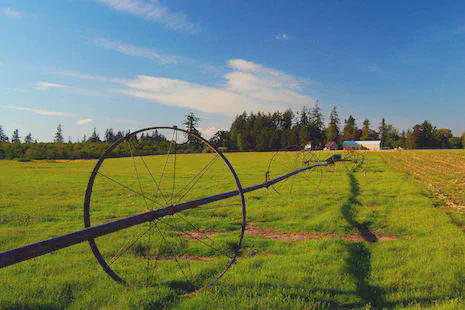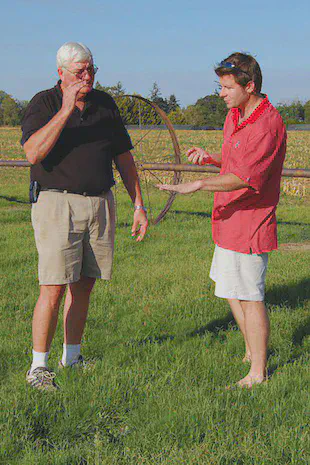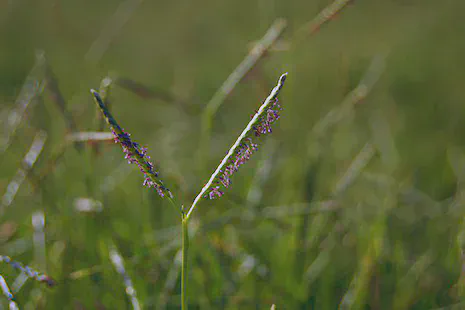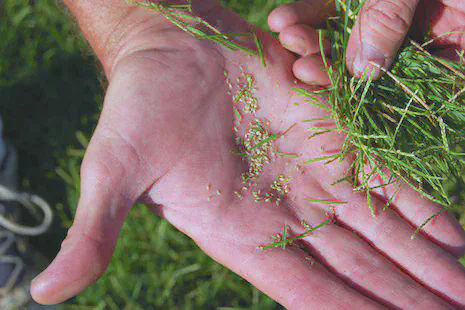Where is Sea Spray paspalum seed grown?

Where would you think Sea Spray seashore paspalum seed is produced? Certainly somewhere where warm-season grasses thrive, right? Perhaps in Arizona, or Georgia, or Mexico, or Hawaii, or Texas? Would you believe that Sea Spray seashore paspalum seed is produced in Oregon’s Willamette Valley, where lawns and golf courses are covered with cool-season grasses such as perennial ryegrass, creeping bentgrass, and fine fescue?

I met Gordon Zielinski at his farm just north of Salem, and we looked at three of his fields of Sea Spray about one month out from harvest. Zielinski told me that the seed is produced in Oregon because the seeds produced in that climate are more viable. In tests conducted in hotter climates, the seeds did not fill as well, so the production of seed is now done on a few select fields in Oregon. I never would have thought that a warm-season grass seed such as Sea Spray would be produced in a cool place such as Oregon. But the climate there is apparently just right for the production of good quality Sea Spray seeds.
We have grown Sea Spray seashore paspalum at Thailand and have found that it performs well, especially out-performing some other varieties of seashore paspalum such as Salam or Saltene in tolerating drought and in recovery from drought. Salam seashore paspalum at Thailand can die when supplemental irrigation is not applied. The Sea Spray paspalum appears to have much better drought tolerance than does the Salam.

Seashore paspalum is an indeterminate producer of seeds, meaning that when the conditions are right, the grass will constantly flower. Therefore, the seed farmer must carefully monitor the conditions of the field and the environmental conditions to determine when the harvest should be made. The image above shows a flower still in bloom with the seeds not yet filled, and the image below shows fertilized and filled seeds of the Sea Spray.
This is in the same field, on the same day, and with a grass such as Sea Spray that is an indeterminate seeder, special techniques must be applied after harvest to sort the seeds to ensure that the bag you purchase contains a high percentage of viable seeds. This is usually done post-harvest by using carefully regulated air blowers to push the lightest seeds away in a special cleaning process while letting the heaviest (the filled, viable seeds) seeds pass through into the seed bag.
